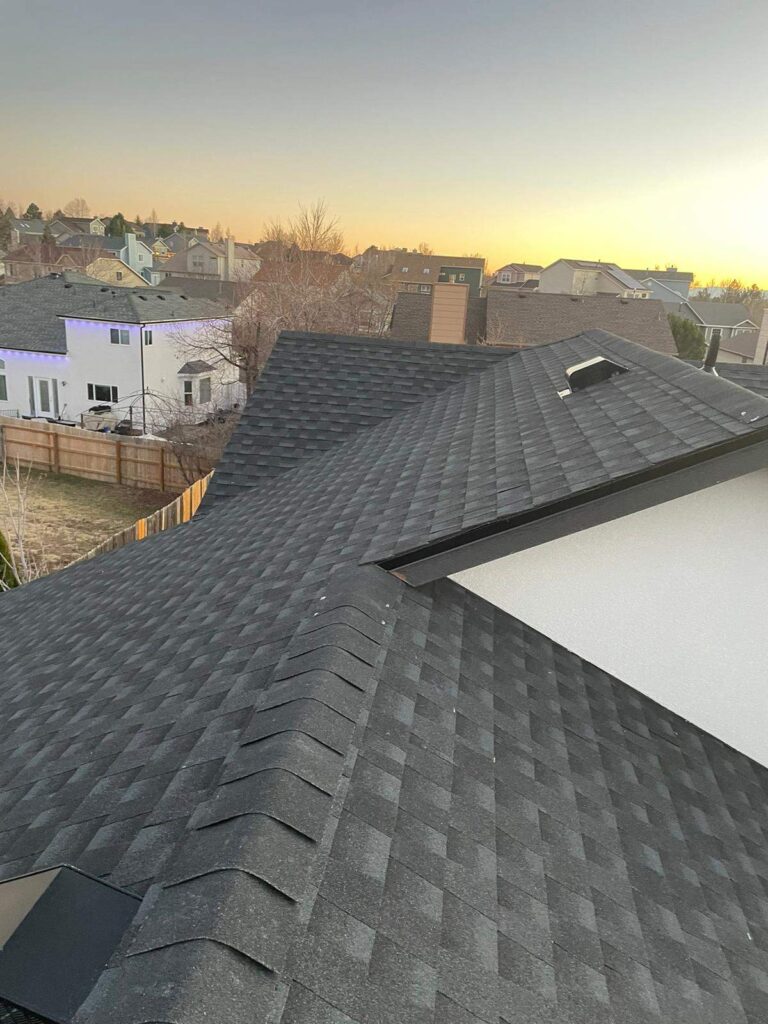Launching into a DIY roof replacement project may seem intimidating, but it’s an endeavor that can be incredibly gratifying. With the right guidance, homeowners can navigate this complex process with confidence. Tried and True Roofing, a leader among roofers in Denver, presents a detailed walkthrough to ensure your DIY roof replacement is executed flawlessly.
Understanding Roofing Fundamentals
Before initiating the project, it’s crucial to grasp the basics of roofing structures. A well-constructed roof consists of several layers, each serving a specific function:
- Roof Decking: The foundation layer, usually made of plywood or OSB, provides structural support.
- Underlayment: A water-resistant barrier protecting the deck from moisture.
- Roof Covering: The outermost layer, typically shingles, tiles, or metal, provides the primary weather protection.
Step-by-Step Roof Replacement Process
Initial Assessment and Planning
- Inspect the Existing Roof: Carefully examine your roof for signs of damage or wear. Look for missing or broken shingles, leaks, or structural deformities.
- Choose the Right Materials: Select materials that suit the climate in Denver. Tried and True Roofing recommends materials known for their durability and weather resistance.
Removing the Old Roof
- Safety First: Ensure you have the proper safety gear, including gloves, non-slip boots, and eye protection.
- Remove Old Shingles: Carefully strip away the old shingles, starting from the peak and working downwards.
Preparing the Roof Deck
- Inspect and Repair: Check the roof decking for any signs of damage. Replace any rotten wood or compromised material.
- Install Underlayment: Lay down a new underlayment to create a moisture barrier.
Installing New Roofing Material
- Start at the Bottom: Begin laying your shingles or chosen material from the bottom edge of the roof, working your way up.
- Ensure Proper Overlap: Each row of material should overlap the one below it to ensure water runs off the roof effectively.
Final Touches and Cleanup
- Install Ridge Cap: The ridge cap, typically the last piece to be installed, protects the roof’s peak.
- Clean the Site: Remove any debris, nails, or leftover materials from the site.
Maintenance and Aftercare
After installation, consistent maintenance is crucial for prolonging your roof’s longevity. Tried and True Roofing advises:
- Regular Inspections: Especially after severe weather, inspect your roof for potential damage.
- Gutter Maintenance: Keep gutters clean to prevent water buildup on the roof.
Conclusion
While DIY roof replacement can be a substantial undertaking, with meticulous planning and attention to detail, homeowners can achieve professional-level results. For those in the Denver area, Tried and True Roofing stands ready to assist, ensuring your roof is a testament to durability and craftsmanship. Remember, a well-executed roof replacement not only protects your home but also enhances its overall value and appeal.
